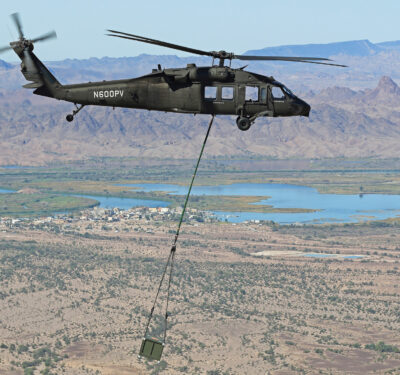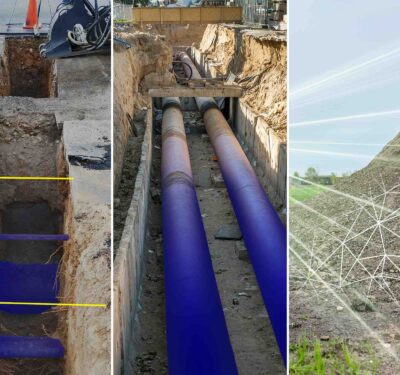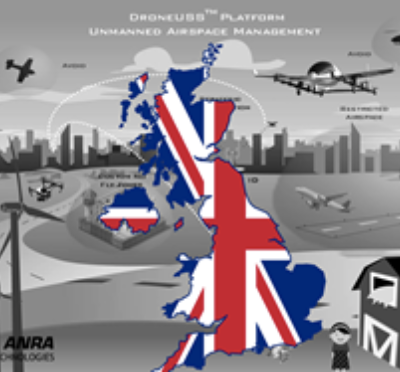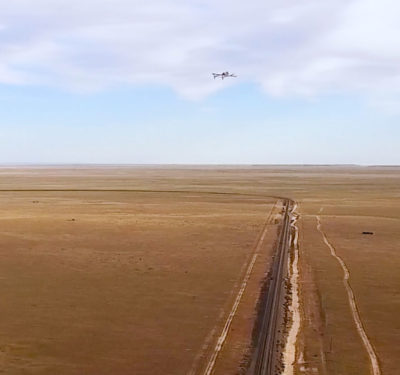Recent advances are inching BVLOS operations on farms closer to reality.
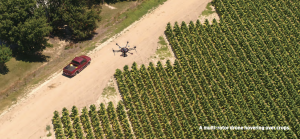
Unmanned aerial vehicles (UAVs) have found use in agriculture for decades, with unmanned helicopters spraying pesticides on rice fields in Japan back in the 1980s. Now, to have drones reach their full potential in farming, research is increasingly pushing toward beyond visual line of sight (BVLOS) operations. Agriculture is a market second only to infrastructure in the global market for drone-powered solutions, according to a report from PriceWaterHouseCoopers in London. And, as the world population grows from 7 billion to an estimated 9 billion by 2050, agricultural consumption is predicted to increase by 69 percent. UAVs are positioned to play an important role in overcoming what the PwC report stated was the main obstacle in farming— gathering useful insights on crops and livestock scattered across large areas of land in a manner timely enough to intervene quickly when needed. Drones with hyperspectral, multispectral, thermal and even just very high-resolution regular cameras can help farmers monitor their water, fertilizer, insecticide and herbicide needs more closely than satellites can, more cheaply than manned aircraft do and more regularly than both. “As an ag pilot, I would wake up in the morning with, say, 10,000 acres to cover,” said Dennis Lott, CEO of drone consultancy firm UAS Solutions in Jackson, Mississippi, who collaborates on small UAS projects for agriculture at Mississippi State University. “That’s a tremendous area to work—I might only do 3,000 acres that day. That goes on for two to three months during the peak of the season. If drones can help collect data in real-time for the crop scouts—the agents that do field inspections for farmers—that makes them much more efficient at locating problems in the field.” The hope is that drones can help farmers quickly and cheaply analyze plant status, added Amelia Fox, an assistant clinical professor of plant and soil sciences at Mississippi State University. “We want the right doses at the right places and right times,” said Fox, who teaches agricultural flight technologies and is exploring how color and near-infrared sensors can help farmers analyze plant status. But all this requires coming to grips with flying beyond line of sight. “If we want to really have UAVs embraced at a productive scale in agriculture, drones operating BVLOS is going to become important to cover more area,” said Bobby Vick, director of agriculture at PrecisionHawk, a drone and data company in Raleigh, North Carolina.
THE NEED TO FLY BEYOND VISUAL LINE OF SIGHT
The potential value drones have for farming has largely been stymied because the Federal Aviation Administration (FAA) currently limits unmanned aircraft to fly within visual line of sight of their pilots in the United States. “You can’t cover the acreage needed to be covered with those restrictions,” Lott said. “With visual line of sight one can see only about 2,500 feet, more or less, so I might be able to cover a mile end to end if I was standing in the middle of the field. You can’t cover the fields that need to be covered efficiently if you have to constantly reposition yourself. It’s just not a productive way to utilize an aircraft, to give farmers the information they need at the most reasonable, economic rate possible. It’s a real hindrance to the successful growth of UAS in the ag community when you are limited to visual line of sight.” As such, the drone industry has long pushed for beyond line of sight operations. “It’s all about reducing the cost of information acquisition,” said Michael Ritter, CEO of San Diego-based SlantRange. “At present, one operator per system is required within visual line of sight, which, depending on your aircraft type, might be up to about one kilometer.” With BVLOS, drones can operate across larger areas. PrecisionHawk has estimated BVLOS can drive the cost of data acquisition down by more than 10 times, Ritter said. “We simply have to go the distance,” Lott added. Flying BVLOS can prove


